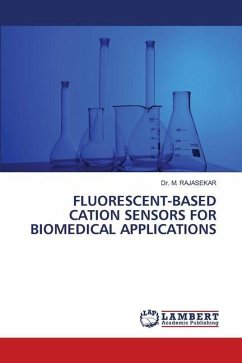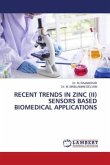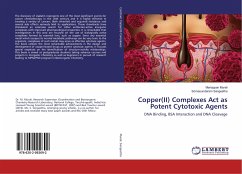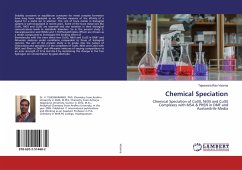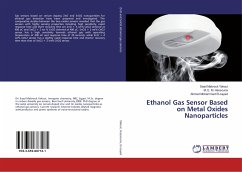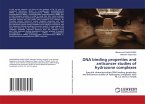Luminescent chemosensors for sensing Copper(II) have attracted a lot of attention in recent years due to their potential applications in biochemistry and environmental research. Based on host-guest interactions include van der Waals forces, hydrophobic contacts, electrostatic forces, coordination between metal ligands, and hydrogen bonds. They were made to allow for the selective detection of different species. It is immediately and easily detectable in biological and environmental systems, and the development of sensitive imaging technologies that can quickly monitor Cu(II) ions has attracted a lot of attention. Due to their inherent sensitivity, selectivity, and the ability for quick, real-time monitoring, they have proven to be helpful instruments for detecting metal ions. Small-molecule fluorescence probes can report on specific analytes in cells and other complex biological specimens by using selective, bio-orthogonal chemistry. The approaches for recognizing Cu(II) ions with small-molecule fluorescent probes are summarized in this book.
Bitte wählen Sie Ihr Anliegen aus.
Rechnungen
Retourenschein anfordern
Bestellstatus
Storno


